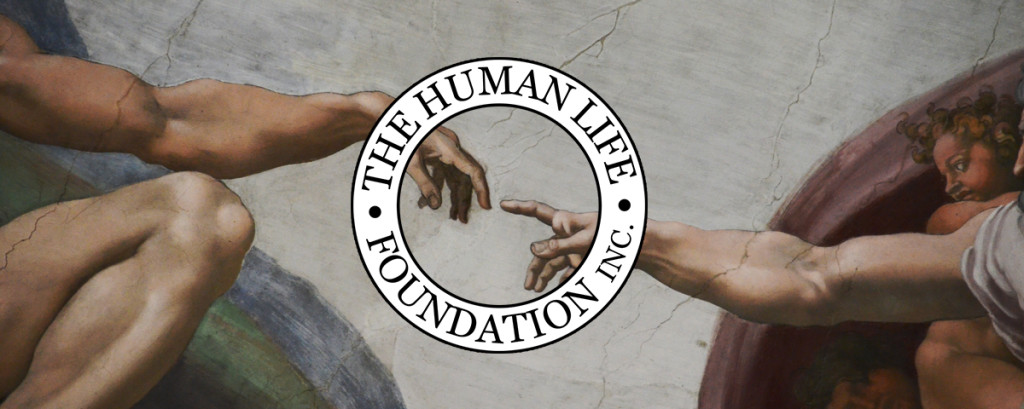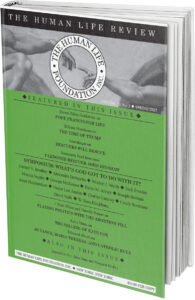What’s in a Name?
Combing through the entries of the first race at Aqueduct one Sunday, I lighted on the name of a colt making his second start, an impressive one as it turned out. San Pantaleo shot out of the gate as if he’d been fired from a cannon and won the race going away. It pains me to report that I didn’t have him for the win.
But this was no Augustine, Aquinas or Mother Teresa, no namesake of a world-famous holy man or woman, but one of thousands of obscure beatified figures largely forgotten even by Rome itself. The closest an initial internet search of the name could come was a St. Pantaleon (with an “n” at the end), but I felt sure they were the same.
I did what any of us would have done. I emailed the horse’s owner.
“San Pantaleo is a village in Sardinia,” came the terse but prompt reply.
“I’m not going to wear you out with this,” I promised in my follow up, “But the village has got to be named for the saint, doesn’t it?”
I didn’t receive a response, nor did I expect one. There’re only so many emails you can send when fielding messages from a terrier-with-a sock like me.
I found pictures of the village on a tourist blog; the place is ultra-cute. It looks expensive, too. Sure enough, dominating the tiny public square, which hosts a Thursday market (plenty of artisanal offerings to spend your money on), is the Church of San Pantaleo, from which the village took its name. The question, of course, remained. Who was San Pantaleo/Pantaleon?
I consulted the Catholic Encyclopedia: Born in Nicomedia (in what is now Turkey), in the latter years of the third century, Pantaleon was the son of a rich pagan father and a Christian mother (St. Eubula) who brought him up in the faith. He was instructed in the medical arts, and his renown was deep enough that he became the personal physician of the emperor Galerius. Caught up in his own significance and charmed by sycophants, Pantaleon, brought low by the praises and the glories of this world, slipped into error so grave he transgressed into apostasy.
Eventually brought back to the faith by Saint Hermolaus, who reminded him that Christ is the physician of life, and that it is only through Him that any are truly healed, Pantaleon gave away his inherited fortune and afterwards devoted his medical practice to the care of the poor, receiving no payment.
But the early 300s were a dangerous time to be a Christian, and Pantaleon’s reversion was not without severe consequence. He was denounced by jealous fellow courtiers and—along with Hermolaus and others of their small Catholic community—was sentenced to death. Here Alban Butler, author of the indispensable Lives of the Saints, casts a skeptical gaze on the “various legends that deal with his life and execution.” For example, the liquid lead in which Pantaleon was supposed to have been bathed turned solid, and the sword intended to behead him bent, but there is no question that a man bearing that name was martyred in Nicomedia around 305 AD. His cult dates at least to the mid-sixth century, and depictions of the saint portray him dispensing medicine from an apothecary’s box.
By the Middle Ages, Pantaleon was grouped among the Fourteen Holy Helpers, or variously, the Fourteen Guardian Martyrs, among them Saint Catherine of Alexandria and St. Blaise, invoked against specific diseases and maladies, but especially during the time of the plague. Naturally enough, Pantaleon is a patron of physicians.
Fabulously, he is also the patron saint of lotteries. Tradition has it that the gambler (the purchase of a lottery ticket is gambling; so is playing 50-50 church raffles) must petition the beatified and then wait for the winning numbers to be revealed in a dream. I’ve had enough mystical experiences—if that’s what they were—not to scoff at the proposition, although I haven’t tried this. Yet.
Bound up in myth, folklore, and legend, which doesn’t mean they radiate any less truth—did Brendan the Navigator really cross the Atlantic in a rowboat?—the stories around the saints are, as Bishop Robert Barron argues, “the lights shining in the gloom”—and one of the bishop’s reasons to stay faithful to the Church, in spite of sex scandal, corruption, rot, and grievous sin across the centuries.
I cannot escape this reality: The saints were men and women just like us. Some were children. Their bright example illustrates what we are all called to be. They come from every social stratum. Some turned their backs on vast wealth while others were born and died dirt poor. There were intellectual giants, others were illiterate. Dead in some cases for a thousand years or more, their charisms perpetuate profound good to this day, through schools and hospitals named in their honor, in missions devoted to the least fortunate among us. Christian, agnostic, atheist—nobody is obligated to believe a single word about any of them to benefit from their influence.
I apologize for taking such a long time to make this obvious point, so I’ll let the Catholic theologian and philosopher Johannes Baptist Metz make it for me. In his brief, astonishing work Poverty of Spirit, in a chapter titled “God Becomes Human,” Metz writes: “[Christ] came to us where we really are, with all our broken dreams and lost hopes, with the meaning of existence slipping through our fingers. He came and stood with us, struggling with his whole heart to have us say ‘yes.’”
In joy or despair, in faith or in doubt, saint, sinner, healer, Holy Helper or horseplayer, the Lord is on the road, just ahead of us, waiting.
Handicapping a horse race on Sunday, His Day, I encountered His presence through that which is most familiar to me, and exactly where I was—another of His mysterious or maybe not so mysterious ways. And on this occasion, I answered in the affirmative. You’ve just finished reading the result.










Very interesting!
I first saw an image of Saint Pantalones, the patron saint of tailors, on the wall of Cucho Tailor on Orchard street.